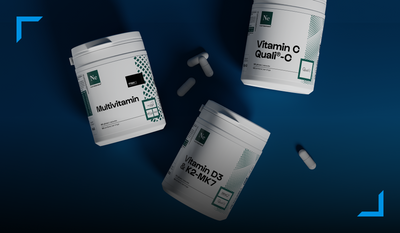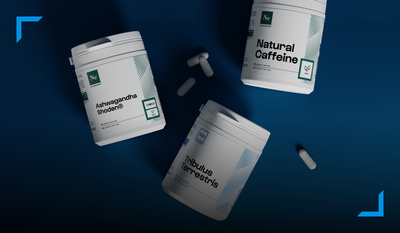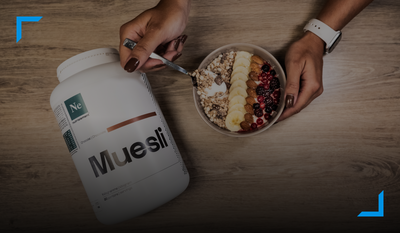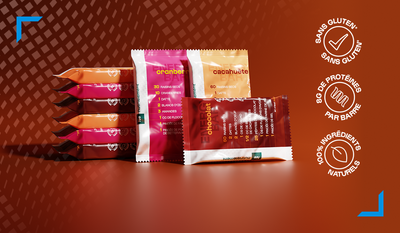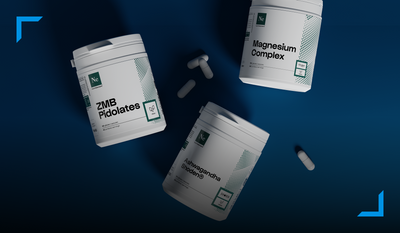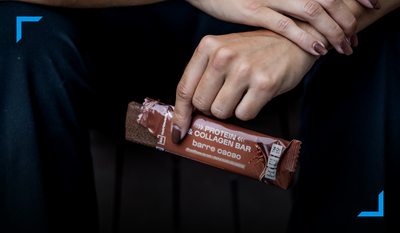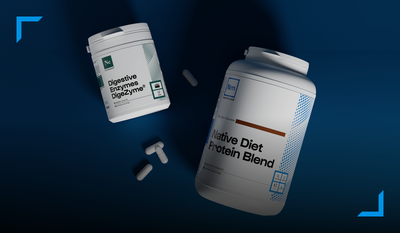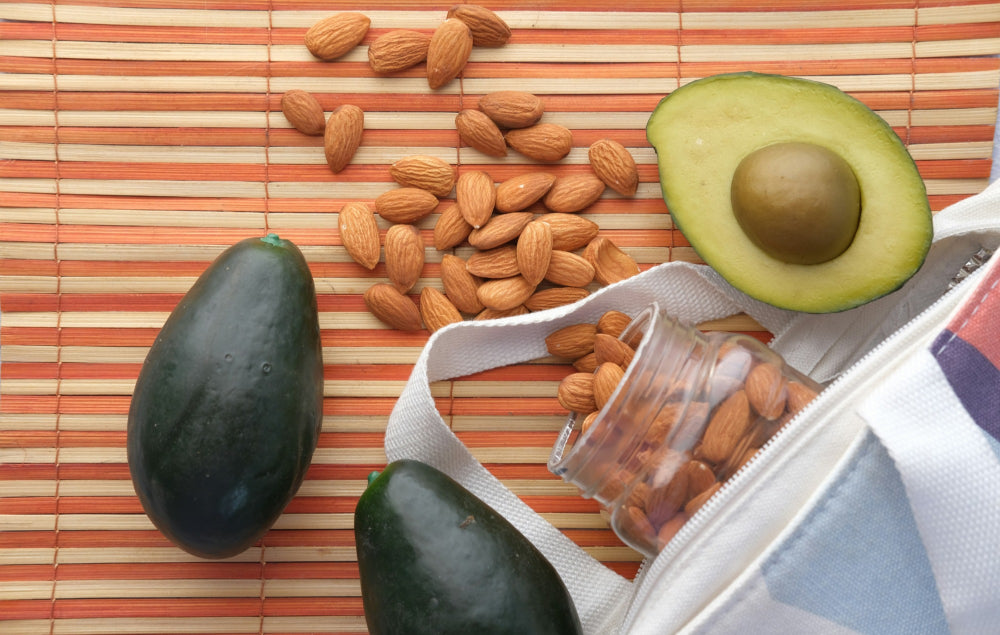0 commentaires
The glycemic index (GI) is a system of ranking carbohydrates on a scale of 0 to 100 based on how quickly they are converted into glucose in the blood. Low glycemic index (low GI) foods have a GI of 55 or less and are digested and absorbed more slowly, resulting in a more gradual rise in blood sugar levels. Eating low GI foods helps regulate blood sugar, prevent blood sugar spikes, and maintain steady energy throughout the day. In this article, we'll explore the benefits of low GI foods in detail, as well as examples of low GI foods and how to incorporate them into your diet.
Why choose foods with a low Glycemic Index?
Low GI foods are beneficial for several reasons. They help regulate blood sugar levels, which is crucial for people with diabetes or those looking to prevent the condition. By avoiding spikes in blood sugar, these foods reduce the risk of developing insulin resistance . Additionally, low GI foods are often high in fiber, which promotes healthy digestion and longer-lasting feelings of fullness , aiding in weight management and weight loss. Spikes in blood sugar, caused by eating high GI foods, can cause a rapid release of insulin. This extra insulin converts excess glucose into fat, increasing the risk of weight gain and cardiovascular disease . By choosing low GI foods, you can avoid these spikes and maintain energy balance throughout the day.
Examples of low glycemic index foods
Here are some examples of low GI foods you can incorporate into your daily diet to better regulate your blood sugar levels and promote optimal health:
Legumes: Red beans, lentils and chickpeas are excellent sources of protein and fibre. They have a low GI and are ideal for stabilising blood sugar levels. Red beans, for example, have a GI of around 30.
Whole grains: Whole grains like oats, quinoa, and brown rice have a lower GI than their refined counterparts. For example, brown rice has a GI of 50, while white rice has a much higher GI. Whole grains are high in fiber, which helps slow digestion and prevent blood sugar spikes.
Fruits: While some fruits have a high GI, many have a low GI. Apples, oranges, pears, and berries are great choices. Berries, in particular, have a very low GI and are rich in antioxidants.
Vegetables: Most non-starchy vegetables have a low GI. Leafy greens, broccoli, cauliflower and carrots are not only low in GI but also rich in essential nutrients.
Dairy: Cottage cheese is an example of a low GI dairy product. It is high in protein and can be eaten for breakfast or as a snack to help stabilize blood sugar levels.
Nuts and seeds: Almonds, walnuts and chia seeds have a low GI and are rich in healthy fats and fibre. They are ideal for healthy and filling snacks.
Incorporate low glycemic index foods into your diet
To fully benefit from the advantages of low GI foods, it is important to incorporate them correctly into your diet. Here are some practical tips
Breakfast
Start your day with a balanced, low-GI breakfast. For example, a bowl of oatmeal topped with berries and nuts is a great choice. You can also opt for a green smoothie made with spinach, apples, and chia seeds. Cottage cheese with low-GI fruit is another tasty and nutritious option.
Lunches and dinners
For main meals, choose lean protein sources like chicken or fish , accompanied by non-starchy vegetables and whole grains . For example, a quinoa salad with fresh vegetables and kidney beans is a great option. Make sure to cook pasta "al dente" to maintain a lower GI. Use olive oil-based dressings to add healthy fats to your meal.
Snacks
Low GI snacks can help keep your energy up between meals. Nuts and seeds , fresh fruit like apples or pears , and plain yogurt are great choices. Avoid processed snacks that are high in added sugars and saturated fats, as these tend to have a high GI.
Avoid high glycemic index foods
To effectively regulate blood sugar levels, it is crucial to avoid foods with a high glycemic index, as they cause rapid spikes in blood sugar and are quickly converted into glucose in the blood. These foods include refined sugars found in candy , pastries , soft drinks and other sweets , which have a very high GI and can cause significant fluctuations in blood sugar levels. White bread and white rice , lacking in fiber and essential nutrients, are quickly digested and also have a high GI. Sugary cereals , often eaten for breakfast, contain large amounts of added sugars and have a high GI. Similarly, potatoes, especially in the form of mashed potatoes or fries, have a relatively high GI despite their natural origin. Finally, processed snacks such as chips, cookies and other packaged snacks, high in sugars and fats, also have a high GI and should be consumed in moderation to maintain stable blood sugar levels.
Benefits for weight loss
Incorporating low GI foods into your diet can also aid in weight loss. These foods help to keep you feeling fuller for longer, reducing snacking and consuming excess calories. By avoiding spikes in blood sugar, you can also prevent the energy fluctuations that often lead to cravings. Additionally, low GI foods are often high in fiber , which helps with healthy digestion and weight regulation .
Scientific references
Foster-Powell, K., Holt, S.H., & Brand-Miller, J.C. (2002). International table of glycemic index and glycemic load values. American Journal of Clinical Nutrition.
Jenkins, DJ, Wolever, TM, Taylor, RH, Barker, H., Fielden, H., Baldwin, JM, ... & Goff, DV (1981). Glycemic index of foods: a physiological basis for carbohydrate exchange. American Journal of Clinical Nutrition.
Brand-Miller, J., McMillan-Price, J., Steinbeck, K., & Caterson, I. (2009). Carbohydrates—the good, the bad, and the whole grain. Asia Pacific Journal of Clinical Nutrition.




